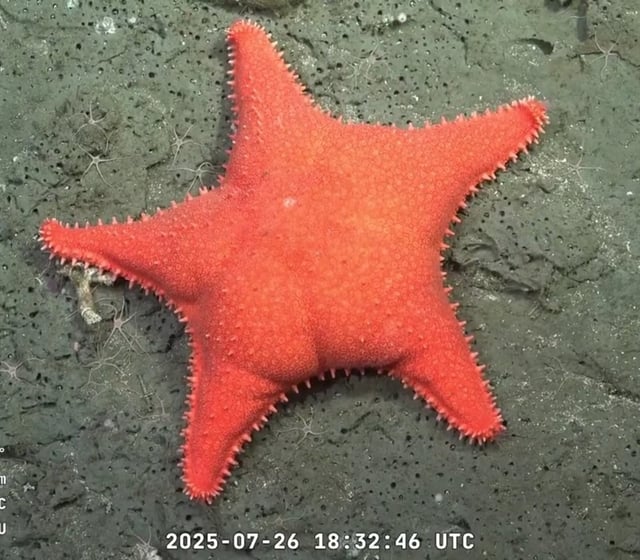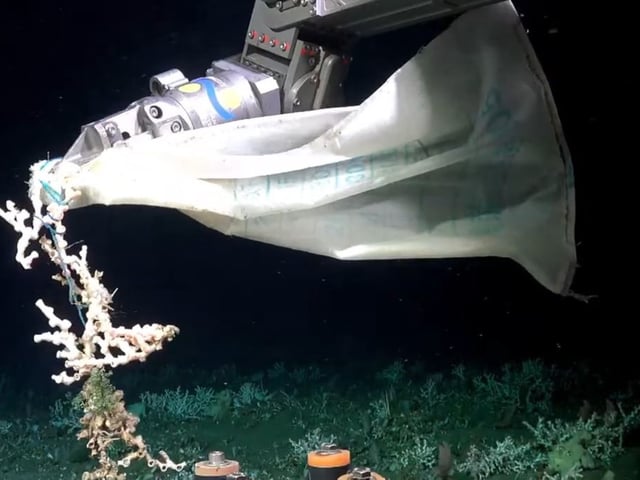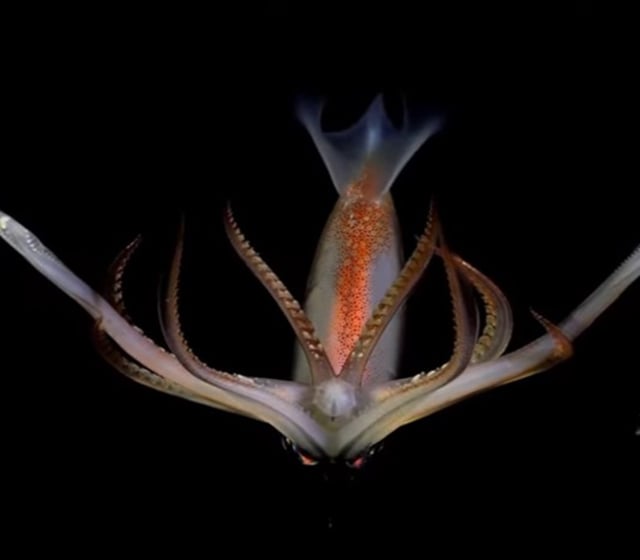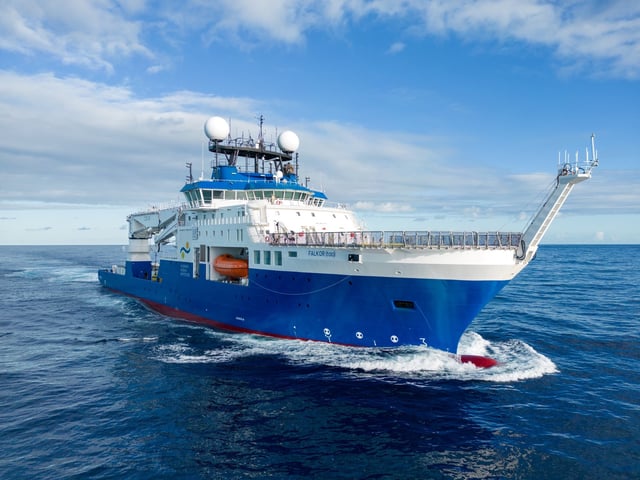Overview
- ROV SuBastian’s live dives from the R/V Falkor reach depths up to 3,900 meters and attract over 24,000 nightly YouTube viewers.
- The expedition has documented dozens of marine species, including unrecorded organisms nicknamed “Batatita” and “Patricio Estrella.”
- Scientists have recorded plastic bags, fishing nets and microplastics at depths greater than 1,000 meters, highlighting human impact on deep-sea habitats.
- A multidisciplinary team of more than 30 researchers from CONICET, national institutes and the Schmidt Ocean Institute is expanding sampling stations and consolidating findings.
- Live-streamed observations are being used to advocate for creating Argentina’s first Marine Protected Area in the Mar del Plata canyon.



